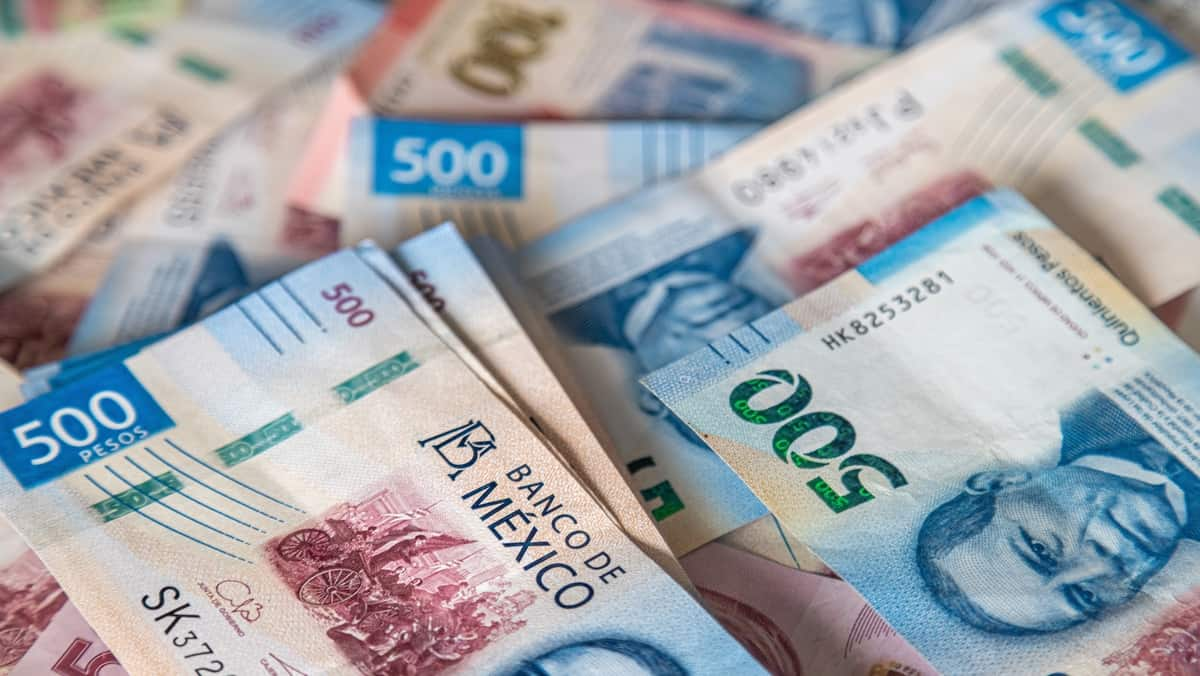
The USD/MXN currency pair, representing the exchange rate between the U.S. dollar and the Mexican peso, is influenced by a myriad of factors, including economic data, central bank policies, and geopolitical events.
The USD/MXN exchange rate is crucial for various stakeholders, including businesses, investors, and policymakers. It reflects not just the economic relationship between the United States and Mexico but also the broader geopolitical landscape. Fluctuations in this pair can have profound effects on trade, investment flows, and economic stability in both countries.
Key Economic Indicators
Before delving into the geopolitical aspects, it's important to understand the economic indicators that typically influence the USD/MXN exchange rate:
Inflation Rates: Higher inflation in Mexico can weaken the peso against the dollar.
Interest Rates: Divergent monetary policies between the U.S. Federal Reserve and the Bank of Mexico can lead to capital flows that impact the exchange rate.
Trade Balance: A trade deficit in Mexico can increase demand for dollars, pushing the USD/MXN rate higher.
Recent Geopolitical Developments
Geopolitical events often serve as catalysts for currency fluctuations. Recent tensions in various regions have contributed to the volatility seen in the USD/MXN pair.
Escalating Tensions in Eastern Europe
The ongoing conflict in Eastern Europe has implications far beyond the immediate region. As geopolitical risks rise, investors tend to flock to safe-haven assets, including the U.S. dollar. This increased demand for the dollar often results in a stronger USD/MXN exchange rate.
Political Uncertainty in Latin America
Political instability in nearby Latin American countries can spill over into the Mexican economy. Uncertainty regarding elections, governance, and economic policies can lead to increased volatility in the peso as investors reassess risks associated with the region.
U.S. Immigration Policies
Changes in U.S. immigration policies can also have a ripple effect on the Mexican economy. Stricter immigration laws can impact remittances, which are a vital source of income for many Mexican households. This influence can affect the peso's strength against the dollar.
Market Reactions to Geopolitical Risks
Market reactions to geopolitical developments are often immediate and pronounced. The USD/MXN pair is particularly sensitive to news that affects investor sentiment.
Safe-Haven Flows
When geopolitical risks escalate, capital typically flows into safe-haven currencies like the U.S. dollar. As a result, the USD appreciates against the MXN, leading to a jump in the exchange rate. This behavior was evident in the recent spike in USD/MXN as tensions escalated.
Speculation and Volatility
The foreign exchange market is also characterized by speculative trading. Traders often react to news and events, which can amplify price movements. Increased speculation around geopolitical risks can lead to heightened volatility in the USD/MXN pair.
Implications for Investors
Investors need to remain vigilant in the face of geopolitical risks. Understanding how these risks impact the USD/MXN exchange rate is crucial for making informed investment decisions.
Hedging Strategies
Given the volatility associated with geopolitical risks, investors may consider hedging strategies to mitigate potential losses. Options and futures contracts can be used to protect against adverse movements in the USD/MXN exchange rate.
Diversification
Investors should also consider diversifying their portfolios to manage risk. Exposure to multiple currencies and asset classes can help cushion against fluctuations driven by geopolitical events.
The Role of Central Banks
Central bank policies play a vital role in shaping the USD/MXN exchange rate. The actions of the U.S. Federal Reserve and the Bank of Mexico can either exacerbate or mitigate the effects of geopolitical risks.
U.S. Federal Reserve Policy
The stance of the Federal Reserve regarding interest rates and inflation expectations can significantly influence the USD's strength. A hawkish Fed, signaling higher interest rates, can lead to a stronger dollar, impacting the USD/MXN pair.
Bank of Mexico Response
Conversely, the Bank of Mexico's responses to economic conditions and inflation can also affect the peso's strength. An increase in interest rates by the Bank of Mexico might help bolster the peso, counteracting some of the pressures from geopolitical risks.
As geopolitical tensions continue to evolve, the outlook for the USD/MXN exchange rate remains uncertain. Several factors will play a crucial role in determining the future trajectory of this currency pair.
Continued Geopolitical Uncertainty
If geopolitical tensions persist, the USD is likely to remain strong against the MXN. Investors will need to keep a close eye on developments in Eastern Europe, Latin America, and U.S. domestic policy.
Economic Recovery Post-Pandemic
The pace of economic recovery in both the U.S. and Mexico will also influence the USD/MXN exchange rate. Stronger economic indicators in Mexico could support the peso, while slower growth might exacerbate the currency's vulnerabilities.
Trade Relations
The state of trade relations between the U.S. and Mexico will be critical. Any disruptions or improvements in trade agreements can have significant implications for the USD/MXN exchange rate.
The recent jump in the USD/MXN exchange rate underscores the profound impact of geopolitical risks on currency markets. As investors navigate these complexities, understanding the interplay between geopolitical developments, economic indicators, and central bank policies will be essential. The USD/MXN pair serves as a barometer for broader economic and geopolitical trends, making it a vital focus for traders and investors alike. Moving forward, vigilance and adaptability will be key in managing the risks and opportunities presented by this dynamic currency pair.
When considering shares, indices, forex (foreign exchange) and commodities for trading and price predictions, remember that trading CFDs involves a significant degree of risk and could result in capital loss.
Past performance is not indicative of any future results. This information is provided for informative purposes only and should not be construed to be investment advice.